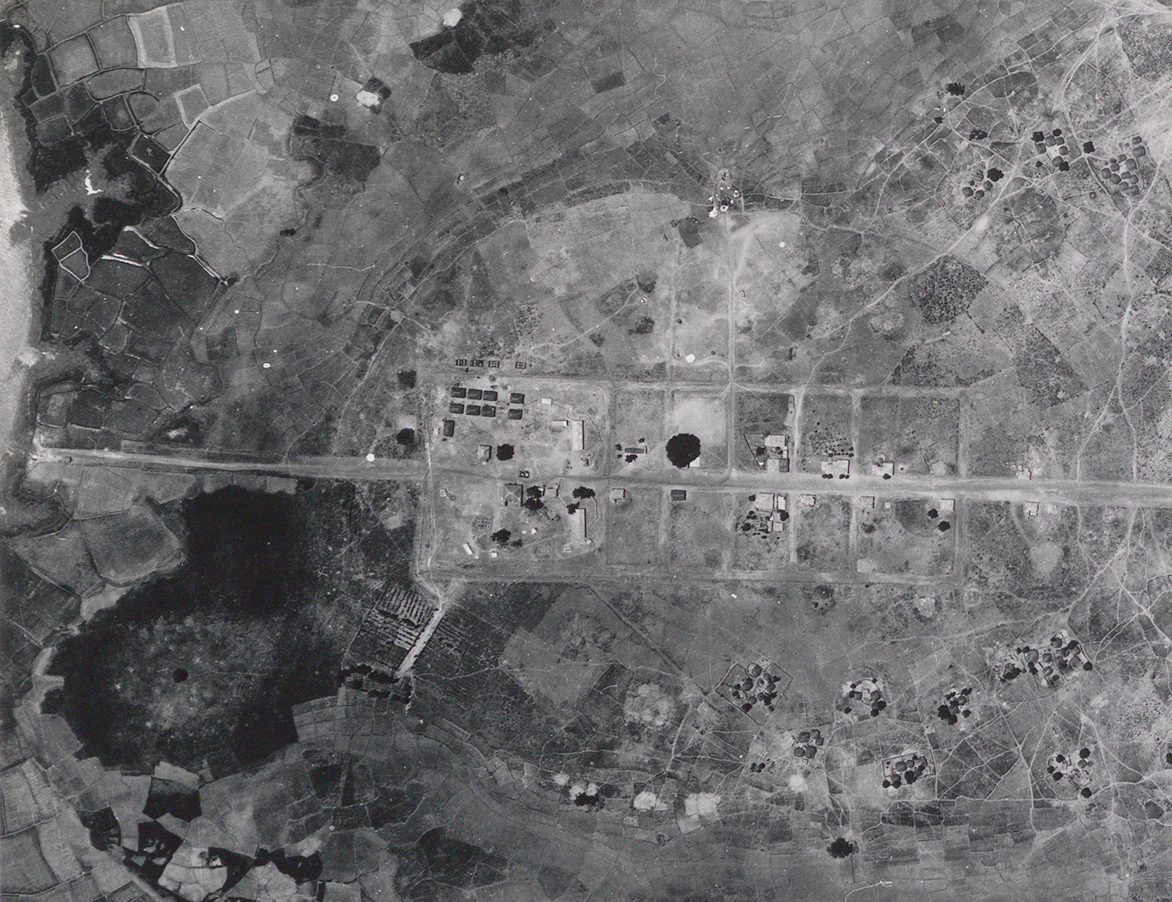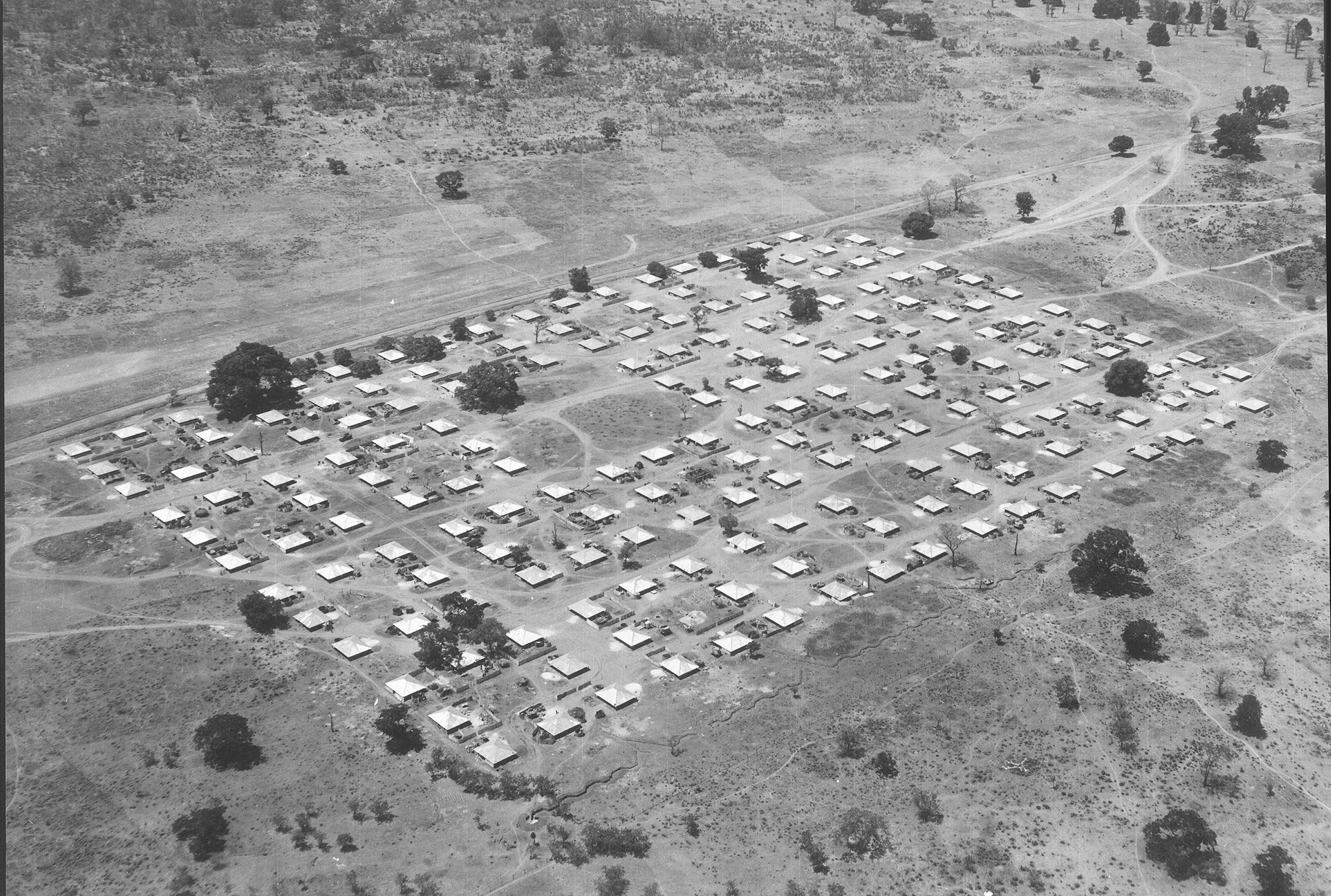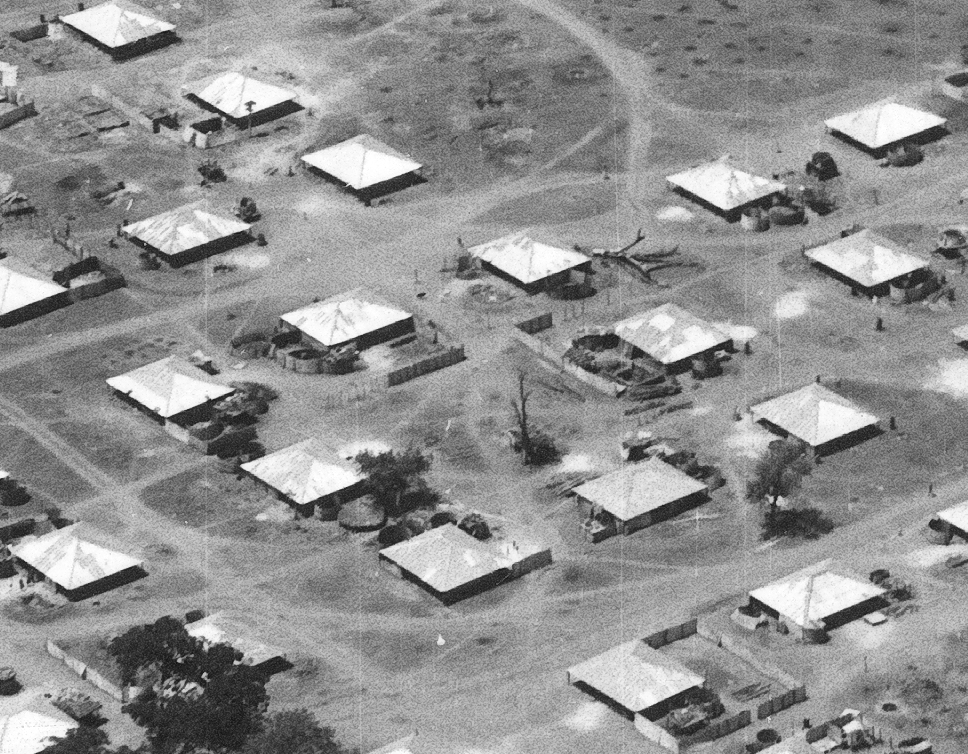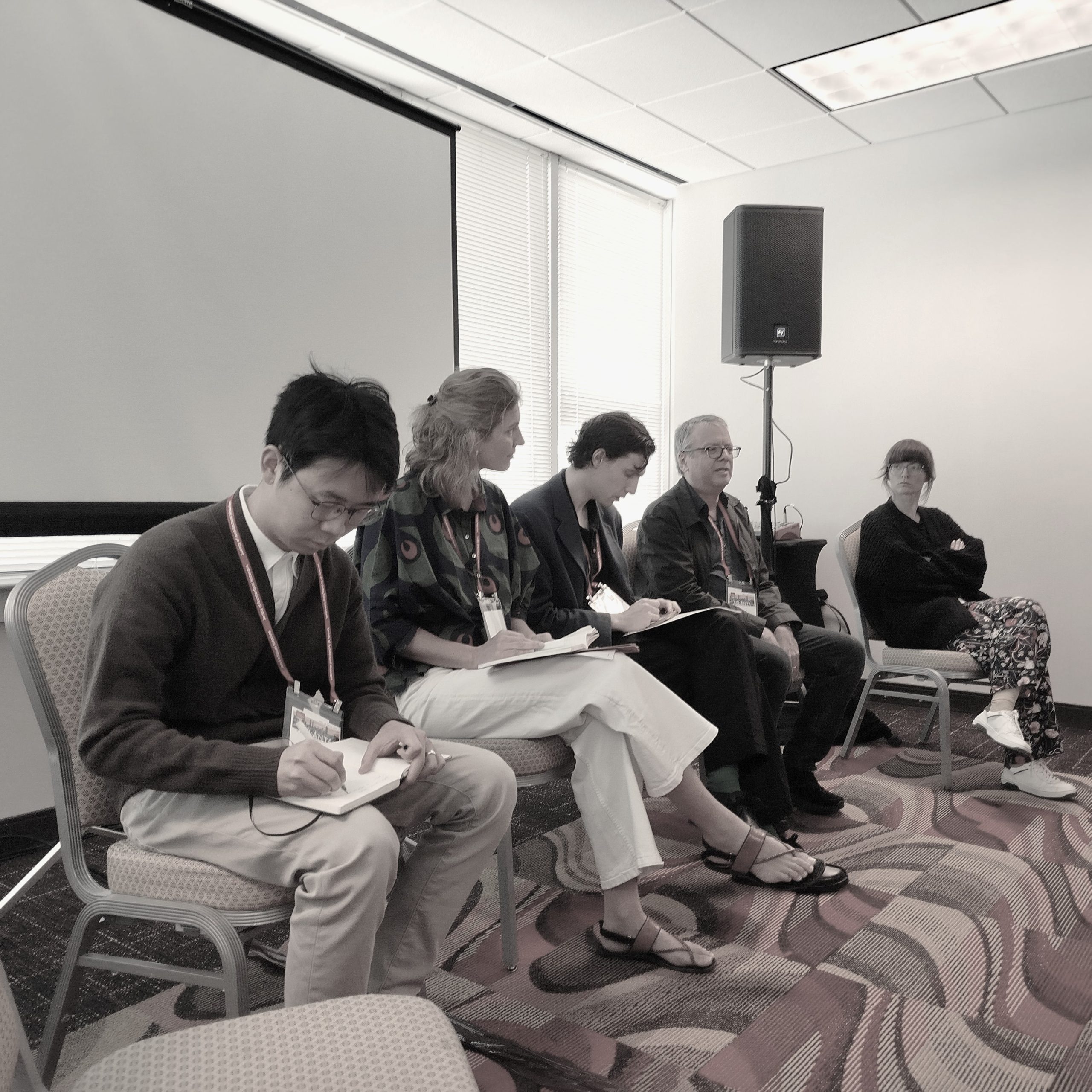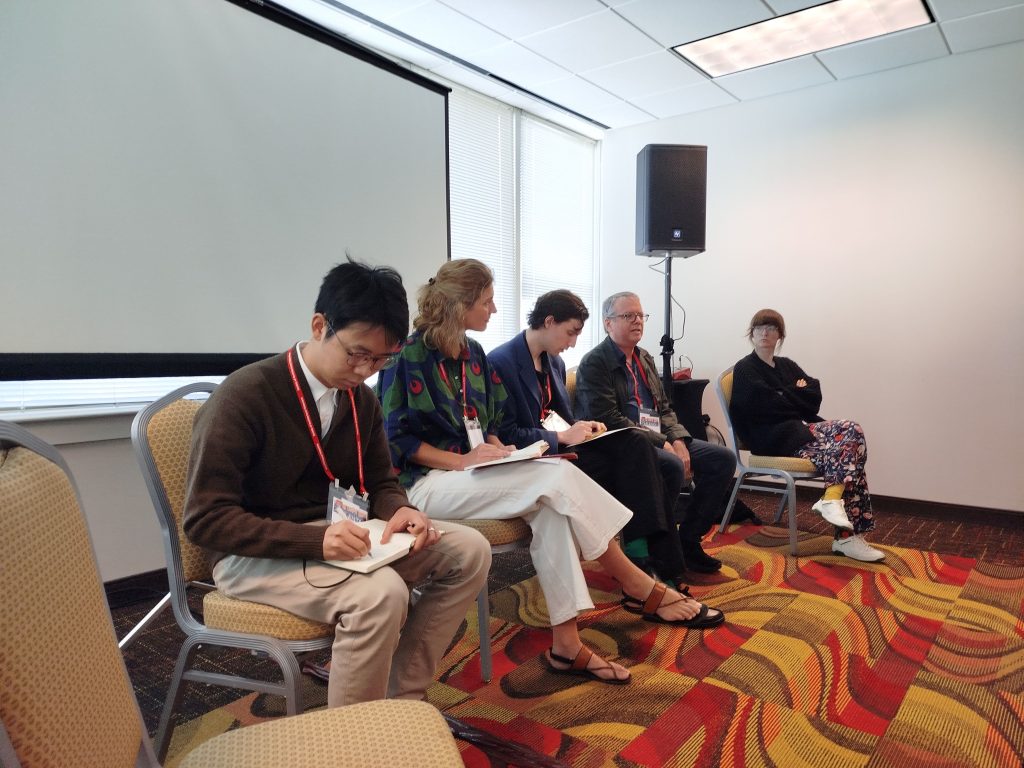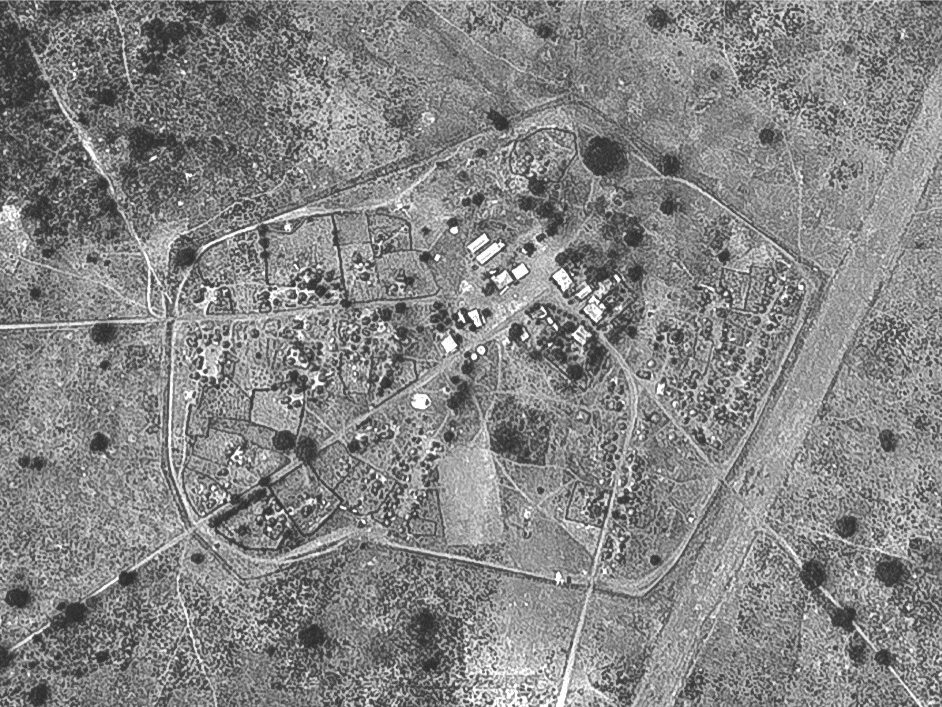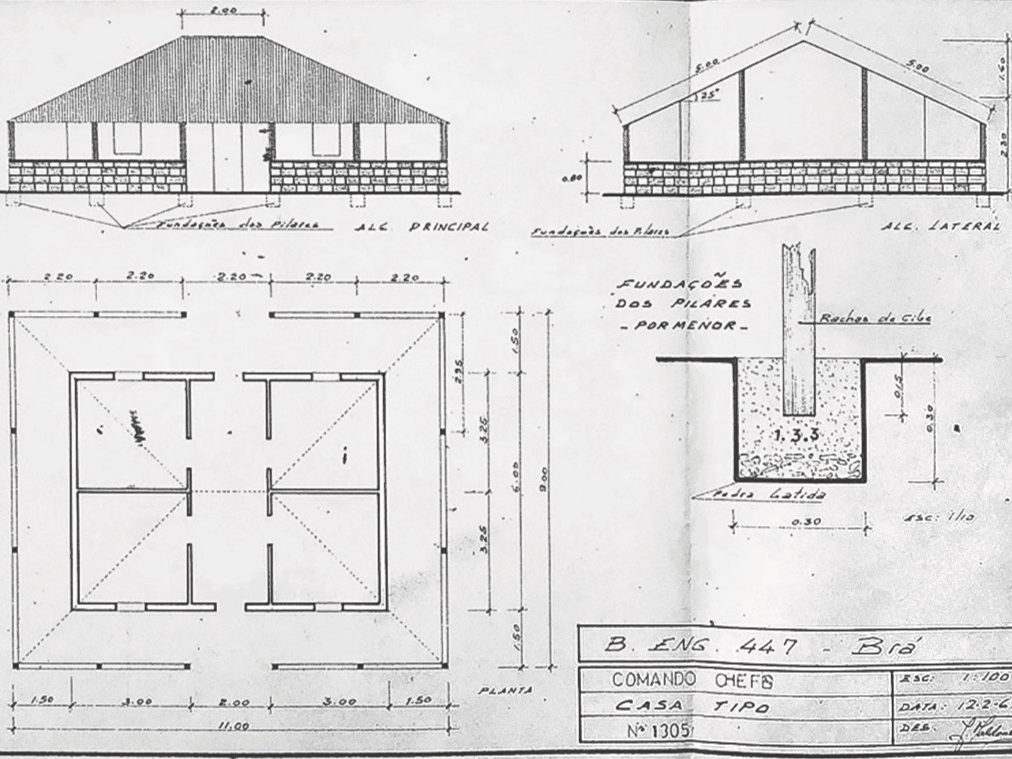Communication
Material, labour, construction sites. The military reordering of rural areas in Guinea-Bissau (1968-1974)
Event: Military History Consortium Annual Conference 2025
Authors: Francesca Vita
Date: 4 – 6 June 2025
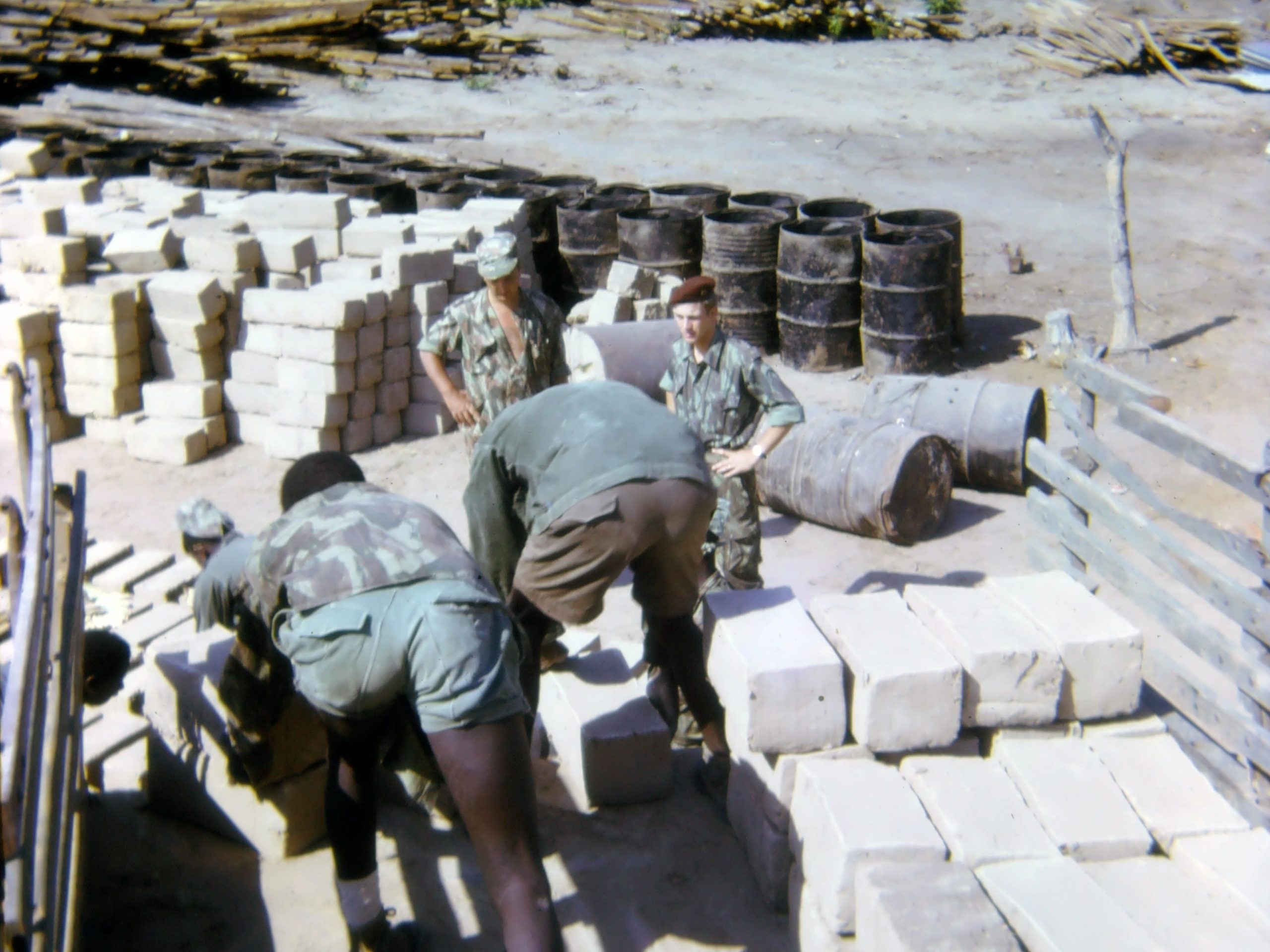
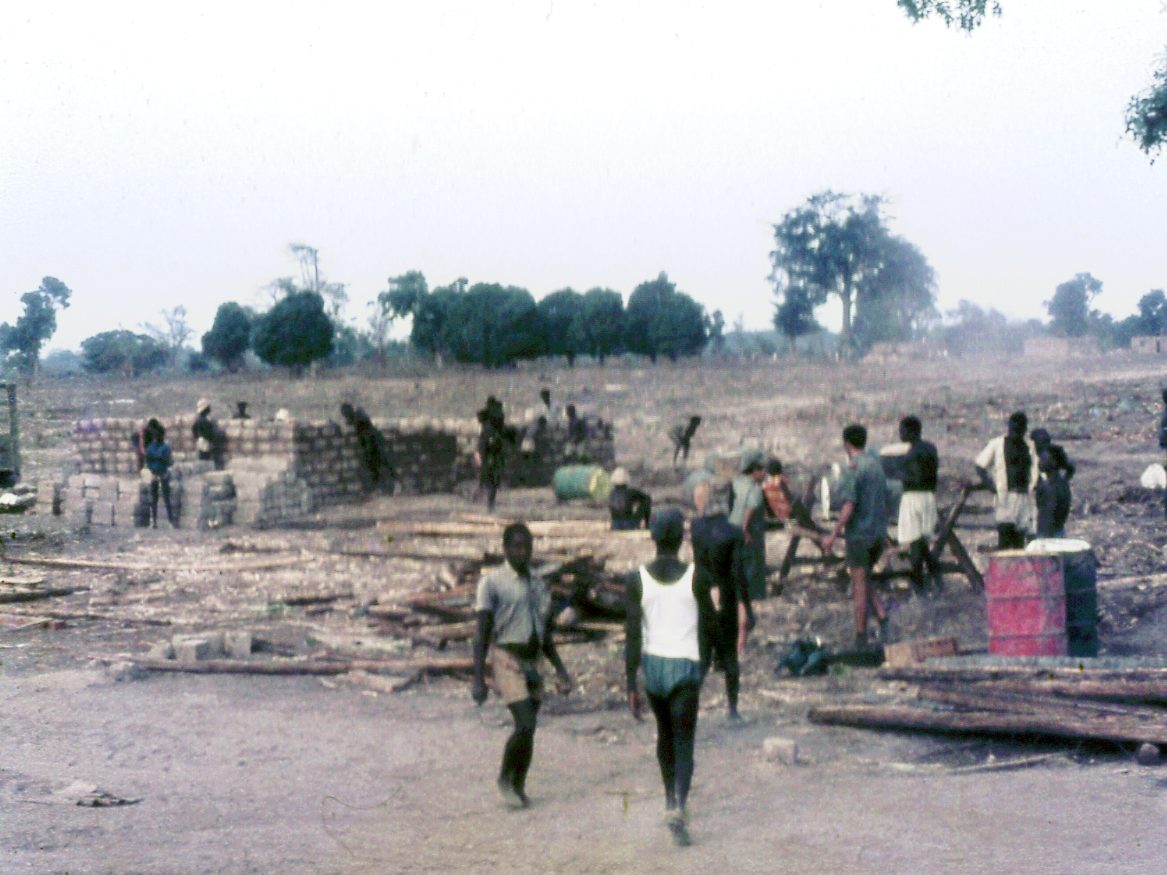
Summary
In 1968, the Governor-general António de Spínola inaugurated a new phase of the war to ensure the Portuguese rule in Guinea-Bissau. Together with canonical military operations, Spínola’s strategy comprised a vast campaign of “development” programs. This plan, promoted under the slogan “A Better Guinea” (“Uma Guiné Melhor”), comprised the construction of new infrastructures (roads, bridges and wells) and the establishment of new villages in rural areas aimed at regrouping disperse population living in strategic war zones. In five years, the Portuguese army managed to build approximately 60 villages, 11880 houses, 196 schools and 51 sanitary posts. This construction effort was aided by the Engineering Battalion 447 (BEng447) based in Bissau. The BEng447 supervised the opening of new roads, wells and bridges; it coordinated the construction sites of new houses and collective services; it supplied building materials on the ground and it provided skilled labour and basic know-how to construction sites.
This article seeks to study the military reordering of Guinea-Bissau rural areas and the strategic villages program (1968-1974) through the lens of material, labour and construction sites, answering the following questions: who built the strategic villages in Guinea-Bissau and the collateral war infrastructure? How did the army organise the construction sites and the labour division? Where did the building materials (zinc sheets, palm poles and adobe bricks) come from? And how did BEng447 supply them on site? What was the human and environmental impact of these military operations?
The analysis of materials, labour and construction sites management undertaken under Spínola’s government during the war to implement the vast programme of rural reordering and population control, enables a multifaceted understanding of the last stage of war strategy in Guinea-Bissau, revealing the collateral impact of colonial wars, both in the natural and human environment, which constitutes an overlooked subject of studies.
Related Case Studies

